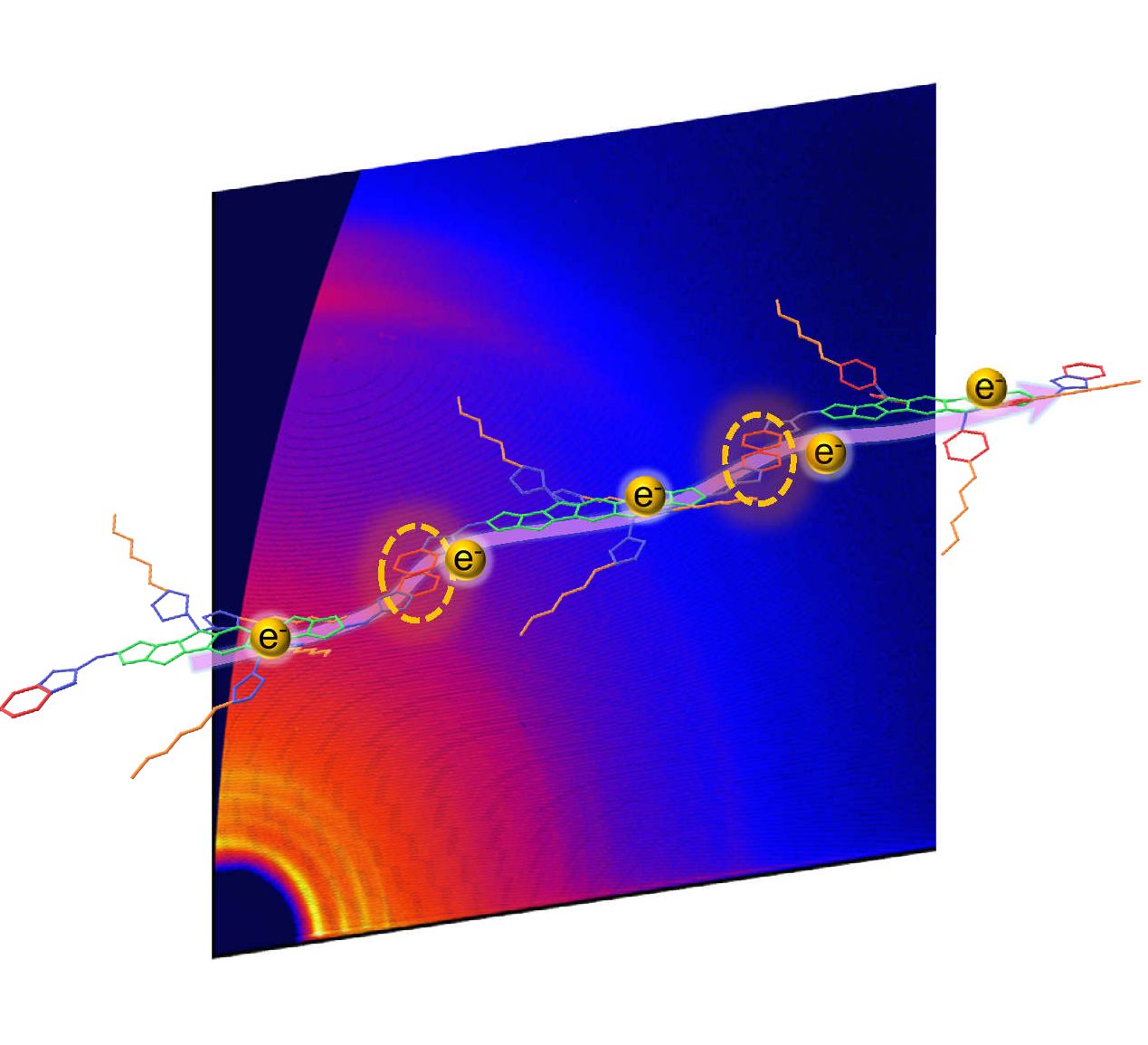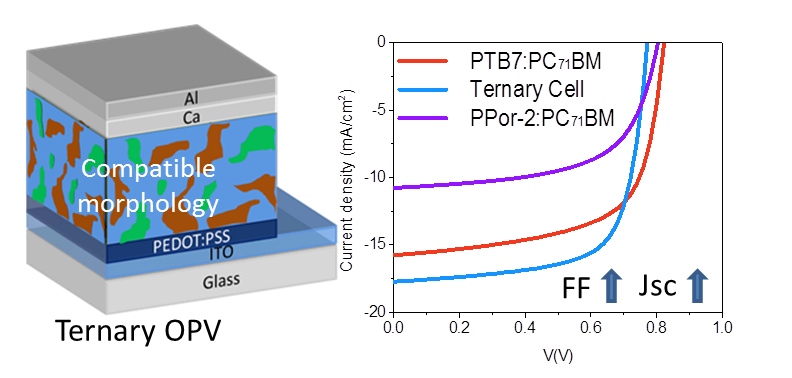Research Highlights: Ag-Doped Halide Perovskite Nanocrystals for Tunable Band Structure and Efficient Charge Transport


Heterovalent doping of halide perovskite nanocrystals (NCs), offering potential tunability in optical and electrical properties, remains a grand challenge. Here, we report for the first time a controlled doping of monovalent Ag+ into CsPbBr3 NCs via a facile room temperature synthesis method. Our results suggest that Ag+ ions act as substitutional dopants to replace Pb2+ ions in the perovskite NCs, shifting the Fermi level down-towards the valence band and in turn inducing a heavy p-type character.… Read More








 Ternary organic solar cells are emerging as a promising strategy to enhance device power conversion efficiency by broadening the range of light absorption via the incorporation of additional light-absorbing components. However, how to find compatible materials that allow comparable loadings of each component remains a challenge. In this article, we focus on studying the donor polymer compatibilities in ternary systems from a morphological point of view.…
Ternary organic solar cells are emerging as a promising strategy to enhance device power conversion efficiency by broadening the range of light absorption via the incorporation of additional light-absorbing components. However, how to find compatible materials that allow comparable loadings of each component remains a challenge. In this article, we focus on studying the donor polymer compatibilities in ternary systems from a morphological point of view.…